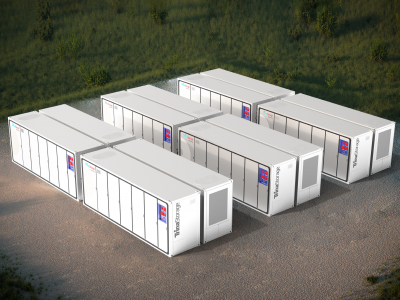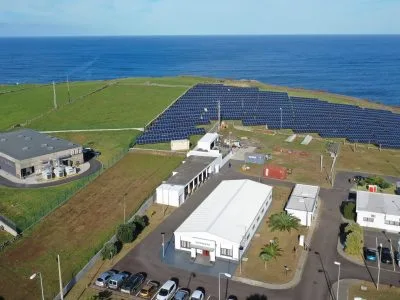Future of Solar Energy Storage is Bright
Has the solar-power industry settled into a stagnant pattern of boom and bust? Presumably so. Government subsidies fueled the global installed capacity of solar-photovoltaic (PV) modules and dramatically cut prices inducing new producers, including China to rush into the market, prompting oversupply and pressure on margins that threatened many emerging investors. Yet in a paradoxical turn of events, in the age of coping with the aftermath of the economic crisis, government persistence in scaling back support and demand and supply not running parallel with each other has equally left the solar industry in shambles.
Despite the setbacks, research indicates that the industry is merely experiencing teething problems rather than writhing in its death throes. The solar industry is entering a period of maturation that, in just a few years, will perhaps lead to more steady expansion for companies that can manage costs and innovate to tap rising demand from multiple customer segments.
In fact, underlying PV costs are predicted to steadily decrease despite diminishing subsidies as manufacturing capacity doubles over the next three to five years. Indeed, the cost of a typical commercial system could fall 40 percent by 2015 and an additional 30 percent by 2020, permitting companies to capture feasible profit margins while actively installing new capacity. Annual solar photovoltaic (PV) installations could increase fifty-fold by 2020 compared with 2005 levels, attaining installation rates comparable with those of gas, wind, and hydro powered energy storage solutions with even the prospects of outpacing nuclear.
As the solar market is weaned off subsidies, forecasts for the overall expansion of the solar energy storage industry are heartening. In the next 20 years, growth will primarily originate from demand based on viable independent economics in five key customer segments: places without access to the electrical grid, residential and commercial in areas with good and moderate sun conditions, isolated grids (grid-connected solar electricity can be used locally thus reducing transmission/distribution losses), peak capacity in growth markets, and new large-scale power plants. In terms of long-term economic viability, solar-photovoltaic modules produce one of the best financial returns. Not only do PV installations have the capacity to operate for many years with little maintenance or intervention after their initial set-up, operating costs are substantially lower compared to existing energy storage technologies, rendering the initial capital cost of constructing any solar power plant a worthy investment. It is little wonder then that potential investments in solar of a total $1.2 trillion over the next decade are on the cards.
As solar power is an intermittent energy source, the issue of energy storage in order to provide the continuous availability of energy will only become increasingly prevalent in correlation. A case in point would be that considering off-grid PV systems traditionally employ rechargeable batteries to store excess electricity generated, this could encourage a more widespread application of complementary energy storage technologies such as Lithium-ion batteries in conjunction with photovoltaic installations. New storage technologies may also play their role in alleviating the burden placed on the grid while boosting the contribution of PV to the energy supply.
The increasing prevalence of solar energy will transform the power grid, prompting innovative cost-effective energy storage systems into the spotlight. The storage of solar energy guarantees a constant supply of electricity for consumption throughout and enables the steadying of a power grid infrastructure intended for central power generation with little vacillation.
Companies’ formula to success in the volatile solar market would be to strike a balance between fulfilling the relatively prosaic agenda of cost reduction while retaining a passionate preponderance for creative innovation. Assuredly enough, to minimize expenses, companies can turn towards adopting approaches widely used in more mature industries to optimize areas such as procurement, supply chain management, and manufacturing—and therefore position themselves to capture attractive profit margins even as prices for PV modules fall.
Fundamentally, the tangible materialization of the solar industry’s expected growth rests upon the shoulders of the manufacturers’ ability to achieve economies of scale. To stake their claim in a solar market saturated with keen competition, it is imperative to develop unique, standalone solar technology and reduce costs throughout every stage of production – forming alliances with other organizations to gain access to minimal expense funding, in order to truly differentiate and sieve through the expanse of competing manufacturers.
In the ever shifting landscape of the solar industry, it is the survival of the fittest not simply for the players of the game but for the market itself.
If you want to know more about this and other topics directly from end users of energy storage technologies join us at one of these annual events: The Energy Storage World Forum (Grid Scale Applications), or The Residential Energy Storage Forum, or one of our Training Courses.



